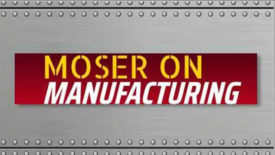Home » Keywords: » total cost of ownership
Items Tagged with 'total cost of ownership'
ARTICLES
How Automation Accelerates Reshoring—Part 2
February 9, 2021
Three Ways to Become More Profitable—and Famous
Get recognized for reshoring!
February 7, 2020
U.S. manufacturing: The greener choice
Offshoring has negatively affected the environment
December 5, 2019
Get our new eMagazine delivered to your inbox every month.
Stay in the know on the latest assembly trends.
SUBSCRIBE TODAY!Copyright ©2024. All Rights Reserved BNP Media.
Design, CMS, Hosting & Web Development :: ePublishing


